Most unusual rocket launch sites you’ve probably never heard of
17th May 2021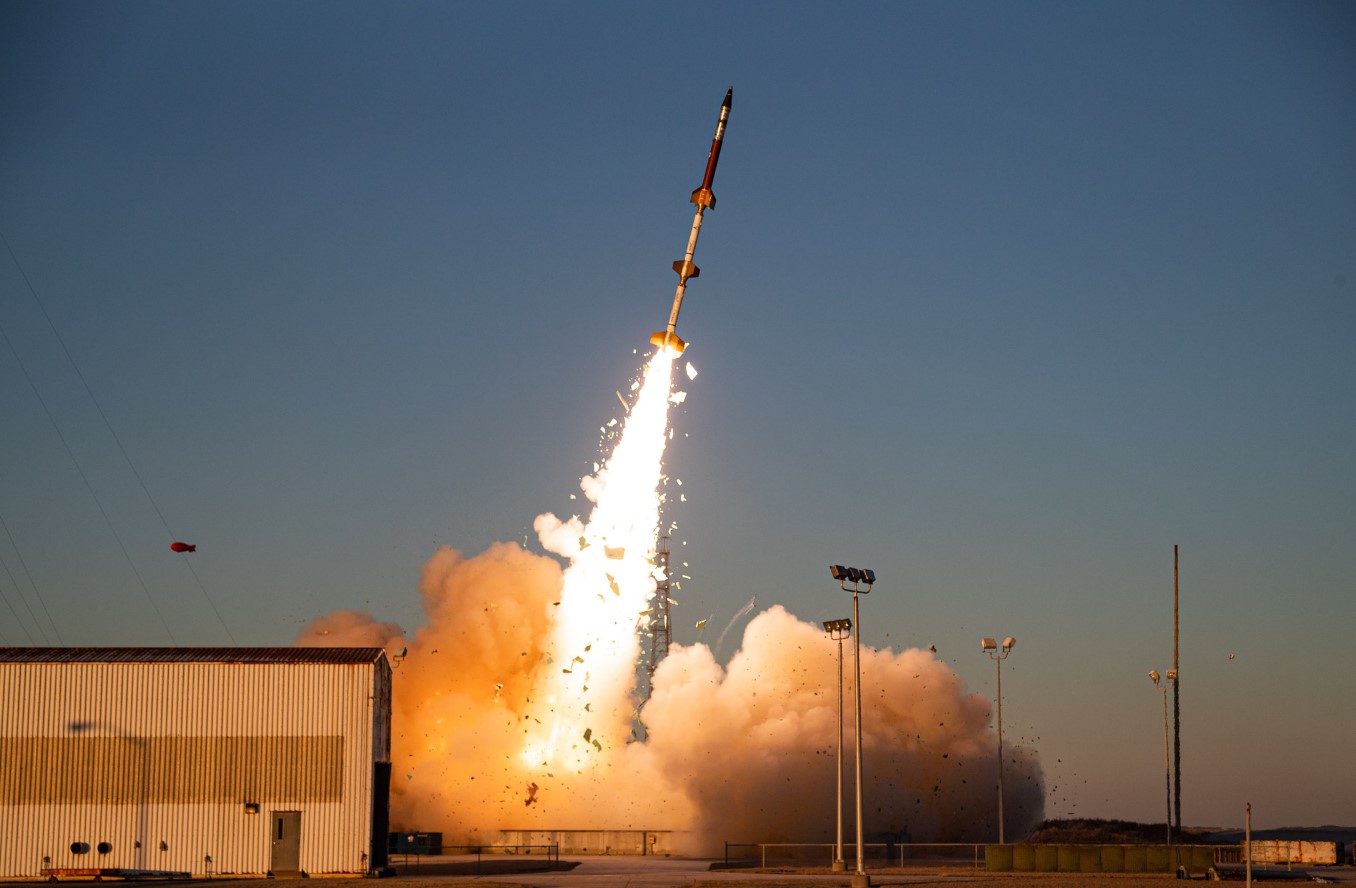
Today, when rocket launch sites are not that uncommon, it is hard to believe that 20 years ago, few people imagined that space could become accessible to anyone besides states and governments. Now, private rockets and spaceports are commonplace, as there are over 20 facilities that can send rockets to space. We will tell you about the most unusual launch sites in the history of rocketry.
Non-operational Rocket Launch Sites
Peenemünde
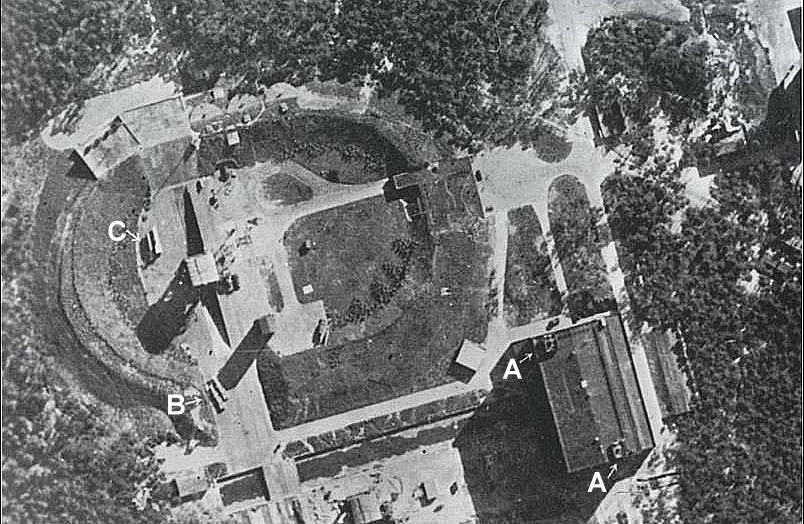
This rocket launch pad was created in 1937 near the Peenemünde town in northeastern Germany. Notably, it was where the Third Reich first tested and launched its V-1 ballistic missile. In 1944, the V-2 became the first rocket to complete a suborbital space flight to a 188 km altitude.
It was modified V-2 rockets that started the American and Soviet space programs and the history of the space industry itself.
Sea Launch
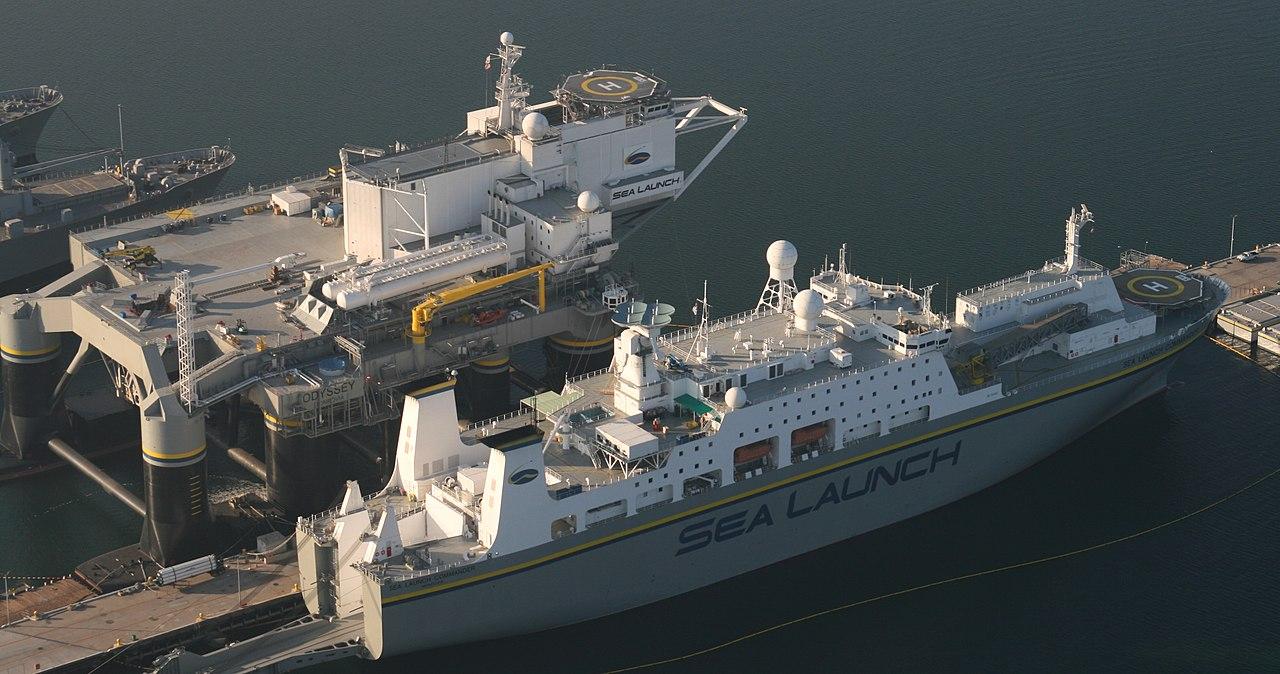
The only floating rocket launch pad called Sea Launch was created in 1995 by an international consortium that included Boeing, the Norwegian Kramer shipyard, and leading rocket and space enterprises in Russia and Ukraine.
The idea was to launch rockets from the equator to optimally place payloads into equatorial orbit. Ukraine provided its Zenit 3SL launch vehicle, specially modified for launch from an offshore platform; Norway provided the Odyssey floating platform and an assembly and command vessel.
From 1999 to 2014, Sea Launch carried out 36 launches, with 33 of them deemed successful. In 2014, the project was frozen due to Russian aggression against Ukraine that severed space trade relations between these countries. In 2019, the current sole project owner, Russian corporation S7, relocated Odysseus to the Far East and plans to return it to operation as soon as Roscosmos determines which rocket can replace Zenit 3SL.
Operational Rocket Launch Sites
Baikonur, Kazakhstan
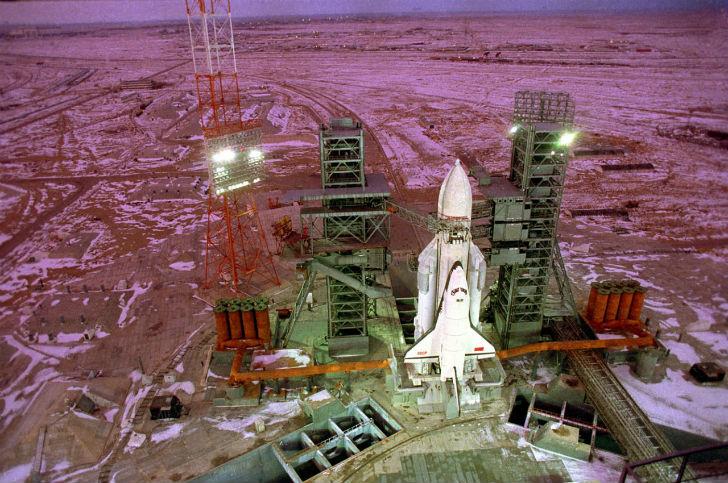
This rocket launch pad is special because from here, the first artificial Earth satellite and the first astronaut, Yuri Gagarin, were launched to space. Baikonur (Kazakh for Rich Valley) is located in Kazakhstan near the village of Tyuratam. It occupies a record area of 6,717 square kilometres, which is 11 times larger than the American Cape Canaveral.
Baikonur infrastructure includes a total of 15 launch complexes that fall under nine different types. Its staff includes 10 thousand people who live next to the spaceport, in the same-name city.
The weather is sunny for more than 300 days a year in this area, which ensures a high percentage of successful launches. From 1955 to 2020, a record number of launches were made from Baikonur — about five thousand.
Rocket Lab Launch Complex 1
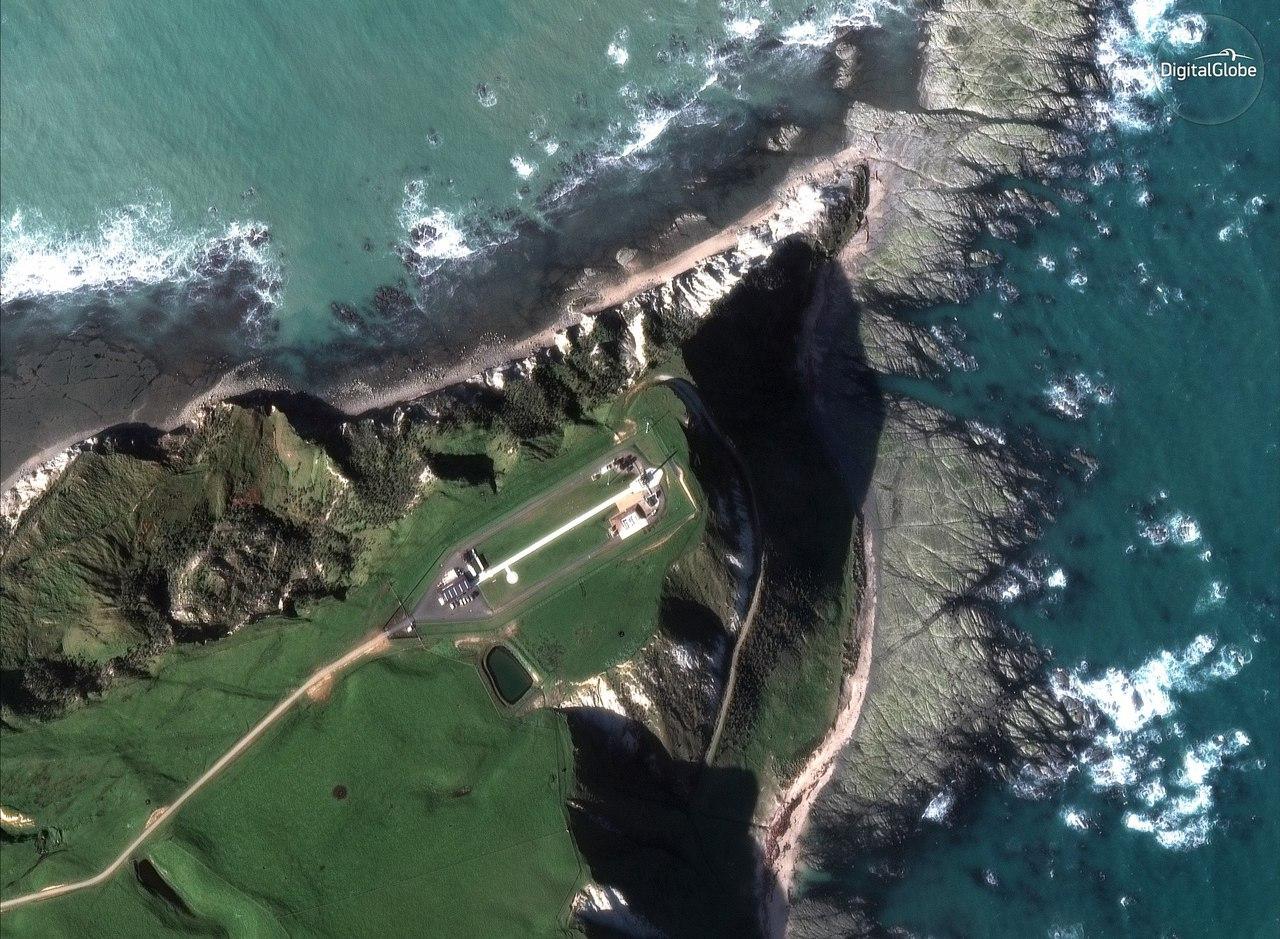
This launch site, owned by the private aerospace company Rocket Lab, is located on the Mahia Peninsula, on the eastern coast of New Zealand’s North Island.
The area here is incredibly beautiful. But this is not the only advantage of launch site location. Mahia has better launch paths and a higher launch frequency due to its geographic location and relatively low air traffic. The spaceport has a 30-year licence for launches every 72 hours! This is exactly what Rocket Lab needs, as it plans to make over 130 launches per year.
Private SpaceX Spaceport
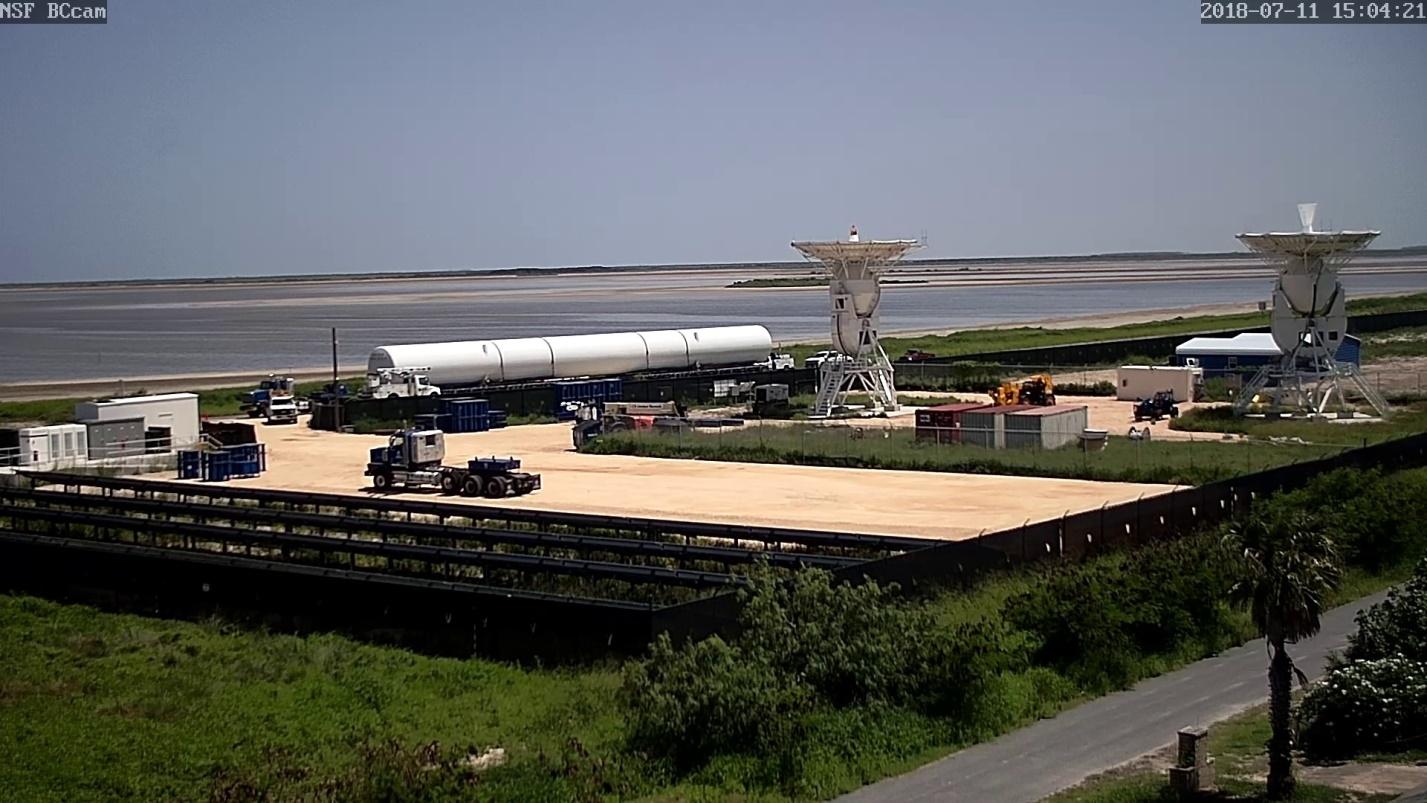
In February 2014, Elon Musk purchased 37 hectares of land for spaceport construction near the village of Boca Chica in Texas. From here, SpaceX plans to launch Starship rockets and send manned flights to Mars and the Moon. The complex is expected to create more than 500 jobs and the launches will occur with a frequency of 72 or more hours.
From April 2019 to April 2021, 17 Starhopper and Starship prototypes were launched from Boca Chica. Five of them were unsuccessful, and three had partial success. The last time the rocket caught fire and exploded. The next Starship launch is scheduled for May. Let’s hope that, this time around, SpaceX manages to land the Starship safe and sound.
Blue Origin Launch Site One
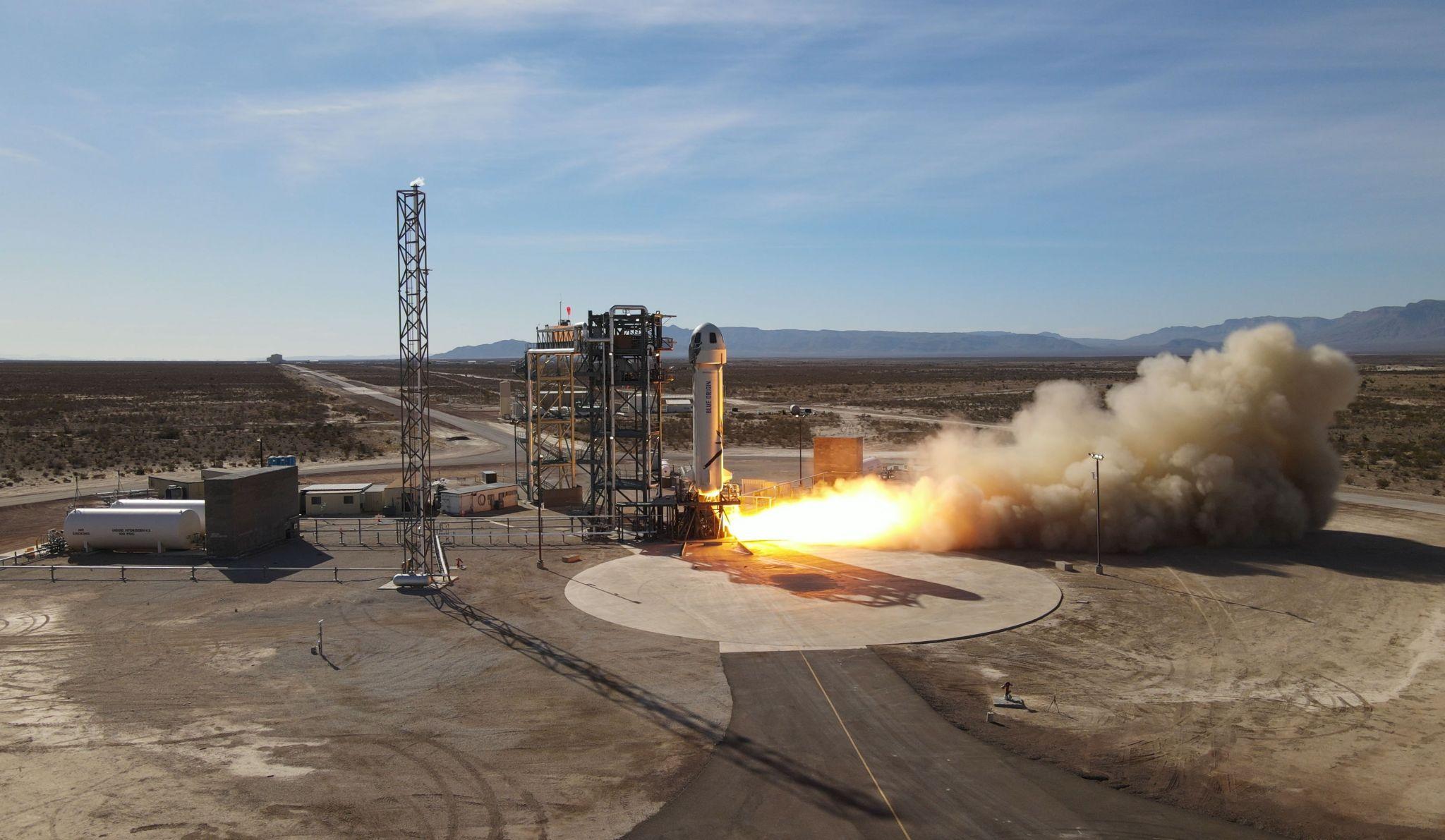
Another private spaceport called Launch Site One is located in West Texas near the town of Van Horn. It belongs to Jeff Bezos, the owner of Amazon and Blue Origin aerospace company.
This 770 square kilometre launch complex has been around since 2006. In addition to the launch site, it includes test stands for rocket engines. A license from the US Federal Aviation Administration permits launches of the Blue Origin New Shepard suborbital system and aerospace experiments.
In total, Blue Origin has conducted 13 launches of the New Shepard suborbital system with Launch Site One. The latest launch in October 2020 proved New Shepard’s potential of making precise moon landings as part of NASA’s new moon exploration program Artemis. The rocket, equipped with a cargo-passenger capsule, rose to an altitude of 106 km, after which the capsule and the reusable stage separated and landed.
Rocket Launch Sites of the Future
UK spaceports
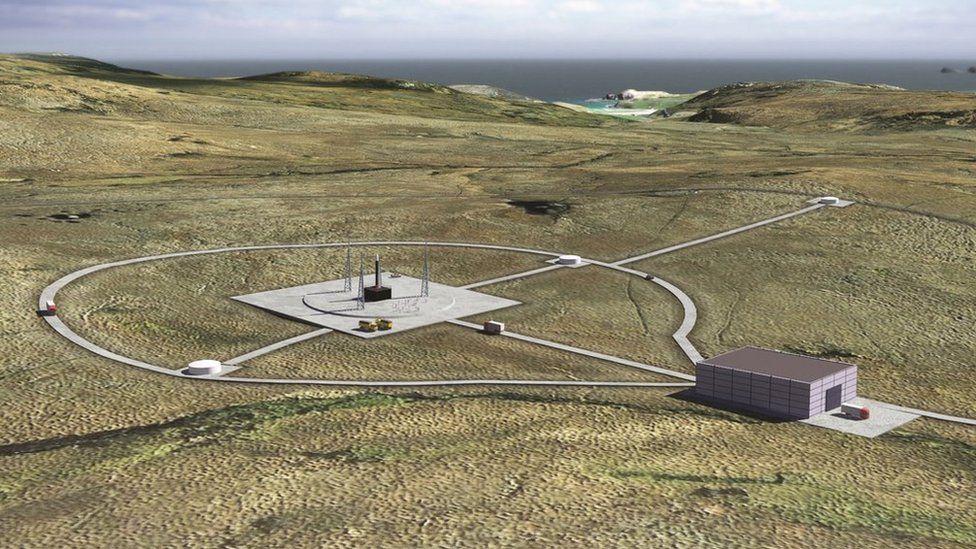
In the next few years, the number of private spaceports is expected almost to double. The UK is the current leader when it comes to proposed launch sites. Interestingly, the country ranks first in Europe in small satellites and space technologies production but does not have a single rocket and a spaceport of its own. This should soon change as the UK is actively working in this direction. In the next two years, the UK may commission five launch sites at once. Besides, they will support both vertical and horizontal launches.
The main focus is on Scotland, which is geographically ideal for placing the payload into polar orbit along the shortest trajectory. Scottish launches are planned with the Sutherland Space Hub, Shetland Space Centre, and Glasgow Prestwick. More launch sites are planned in Cornwall, South West England, and Snowdonia in Wales.
All spaceports will be located far from residential areas and will be designed to launch low-toxic light-class launch vehicles that will not harm the ecology. If the UK succeeds, its spaceports will become the first launch sites in Europe.
As a reminder, the only ESA-owned spaceport is located in French Guiana, in the northeast of South America. If the UK reaches its goals, today’s list of rocket launch sites should soon have five more outstanding UK facilities.
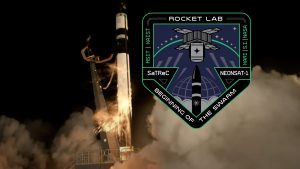





Thank you for your comment! It will be visible on the site after moderation.